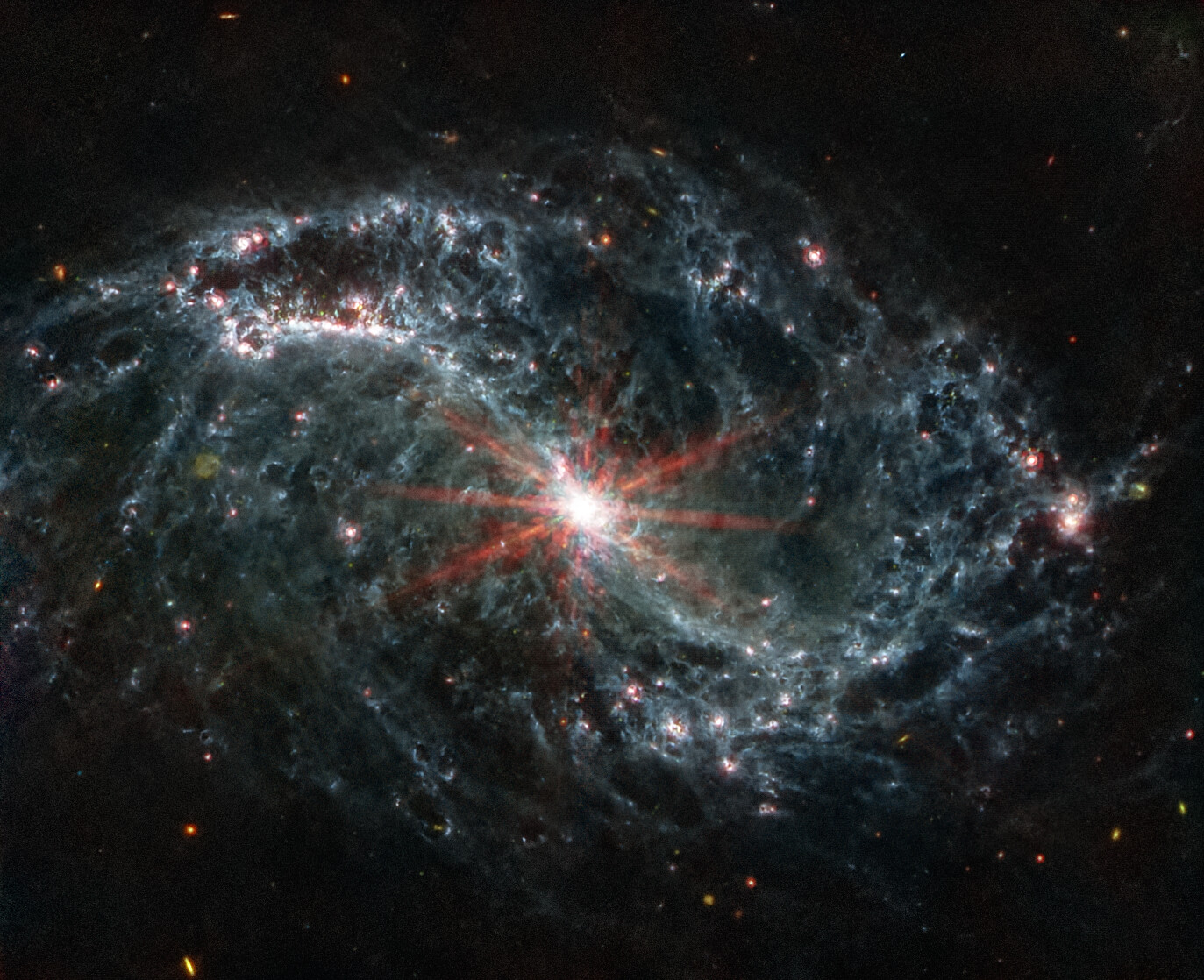Despite the fact that our universe is old, cold, and well past its prime, it’s not done making new galaxies yet.
Galaxy formation first got started when our universe was only a few hundred million years old. In those dark ages the first stars gathered enough material to trigger nuclear fusion and ignite. Slowly over time those clumps of stars found each other and began to build the first young protogalaxies.
Over time those protogalaxies accumulated more material and merged together to quickly grow to become the massive galaxies that sprinkle throughout the universe today.
But galaxies are more than clumps of stars and gas. They are also deep wells of dark matter, which is the invisible substance that makes up the most of the mass of every object in the universe. To make a galaxy you really start with an accumulation of dark matter. That forms the gravitational bedrock for normal matter to gather onto and start forming stars.
The accumulation of dark matter really only happened in the very early universe, and long ago shut off. But those concentrations of dark matter remain today. Evidence from simulations and observations tells us that normal matter is still finding those pockets and triggering fresh rounds of star formation. That means while the seeds of galaxies were only laid down once, new accumulations of matter are still lighting up in the present day cosmos.
It is true that we are well past the peak of star formation and the heyday of galaxy assembly. That epoch came and went over 10 billion years ago. And far into the future our universe will expand so much that this process will slow down and eventually stop. But the universe isn’t done yet. For now, we can still enjoy a universe full of galaxies and knowing that new ones are still coming on the scene.


